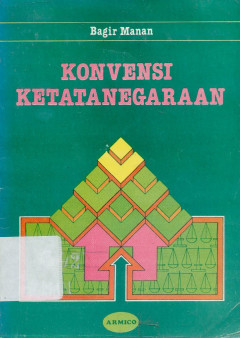Ditapis dengan
Ditemukan 1 dari pencarian Anda melalui kata kunci: author="Cho Yoon-jung"

Markets: Traditional Korean Society
Traditional markets show us a slice of society but to see this we need an understanding of the markets of the past: when markets began to appear, how they developed, how they changed as they became assimilated into the capitalist system. In other words, we need to look over the history of Korean markets.
- Edisi
- -
- ISBN/ISSN
- 89-7300 699-1
- Deskripsi Fisik
- 160 p. : ill. ; 19 cm.
- Judul Seri
- (The Spirit of Korean Cultural Roots 17)
- No. Panggil
- 658.851 9 CHU m
 Karya Umum
Karya Umum  Filsafat
Filsafat  Agama
Agama  Ilmu-ilmu Sosial
Ilmu-ilmu Sosial  Bahasa
Bahasa  Ilmu-ilmu Murni
Ilmu-ilmu Murni  Ilmu-ilmu Terapan
Ilmu-ilmu Terapan  Kesenian, Hiburan, dan Olahraga
Kesenian, Hiburan, dan Olahraga  Kesusastraan
Kesusastraan  Geografi dan Sejarah
Geografi dan Sejarah